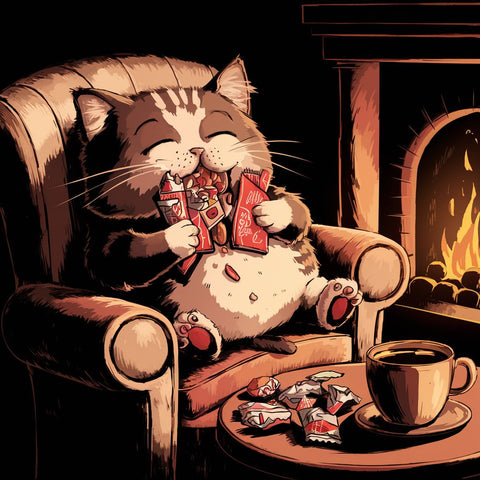When and when cats eat snacks
It's okay to give your cat occasional treats, but care needs to be taken to ensure that your cat's overall diet is balanced and healthy.
1. Timing of giving snacks
For cats, timing is important. If you want to use treats as a training tool, it's best to reward your cat immediately after it performs the desired behavior. This can help create the right connection and make it easier for your cat to understand your training goals.
2. The predictability of snacks
When giving treats to cats, you can arrange them in a random manner so that the cat cannot predict when he will get the reward. This can increase the cat's excitement and anticipation, making it more actively involved in the training process. However, be mindful of moderation and avoid overfeeding or making your cat dependent on treats.
3. Improve immunity
Snacks may create emotions of excitement and anticipation in cats, which may help improve their immunity. However, there is currently no clear scientific evidence that snacks directly improve cats’ immunity. Keeping your cat's diet balanced, providing a good environment and providing the right care are important factors in maintaining your cat's immunity.
4. Give snacks regularly
If you wish to use treats as a training tool, giving them regularly can help establish training habits and discipline in your cat. Cats will begin to expect rewards at specific times or after specific behaviors, which will help reinforce the training effect. 
In summary, giving your cat the right amount of treats can serve as a training tool, but care needs to be taken to ensure that the overall diet is balanced and healthy. The timing and method of giving treats can be adjusted based on your training goals and your cat's needs. At the same time, maintaining moderation and regularity are important factors to ensure training effectiveness and cat health. If you have any concerns or questions, it is best to seek the advice of your veterinarian.

